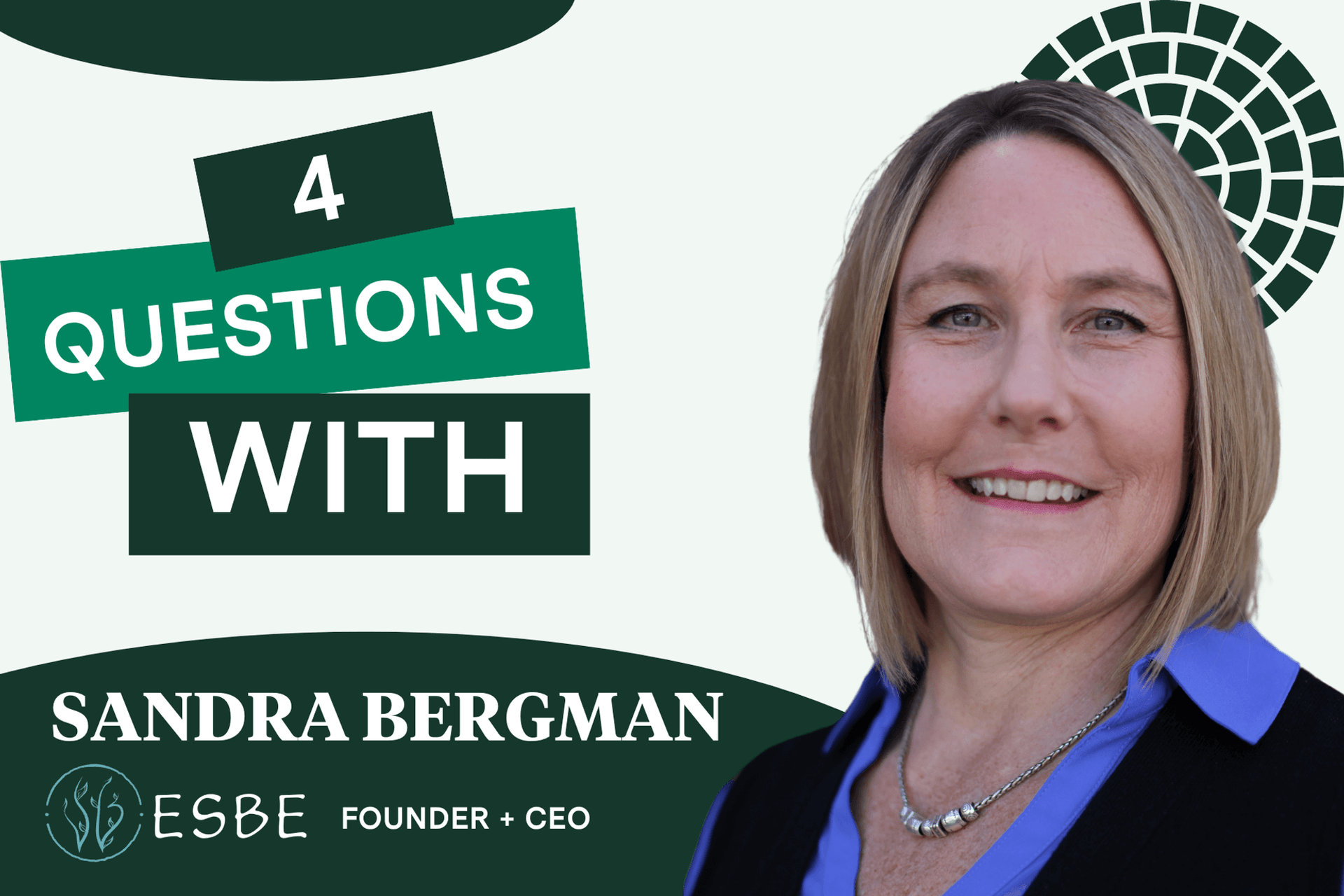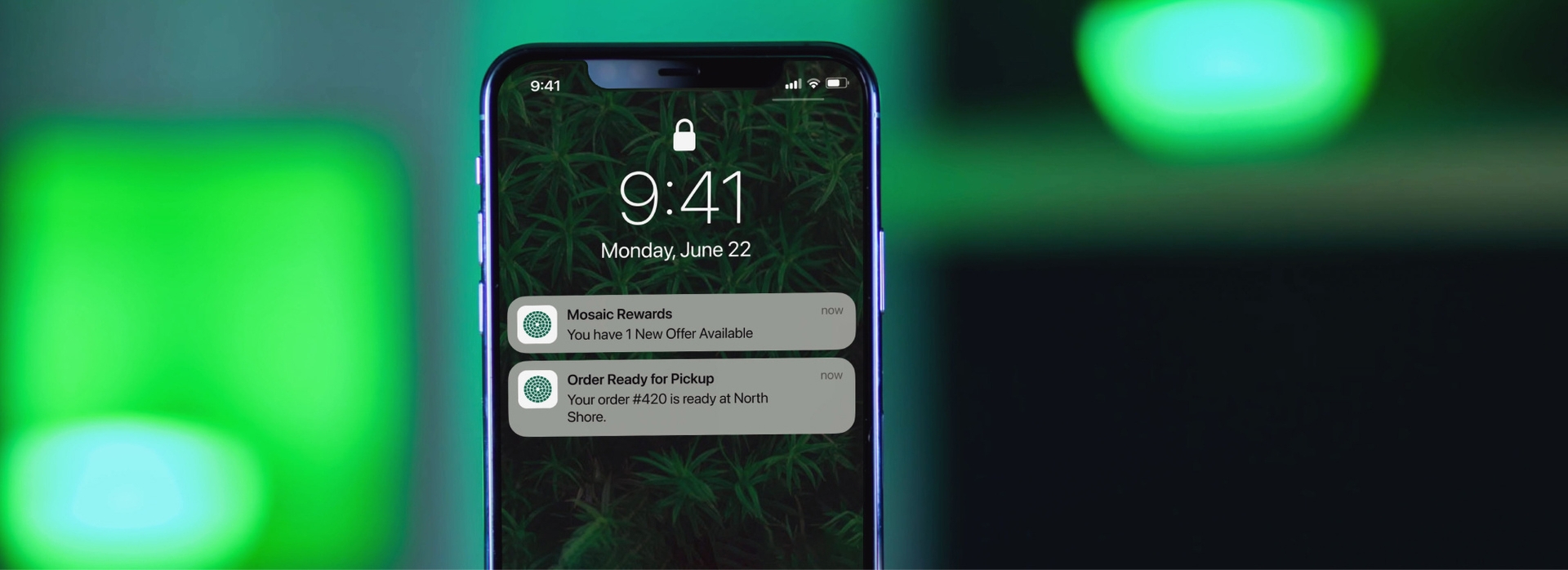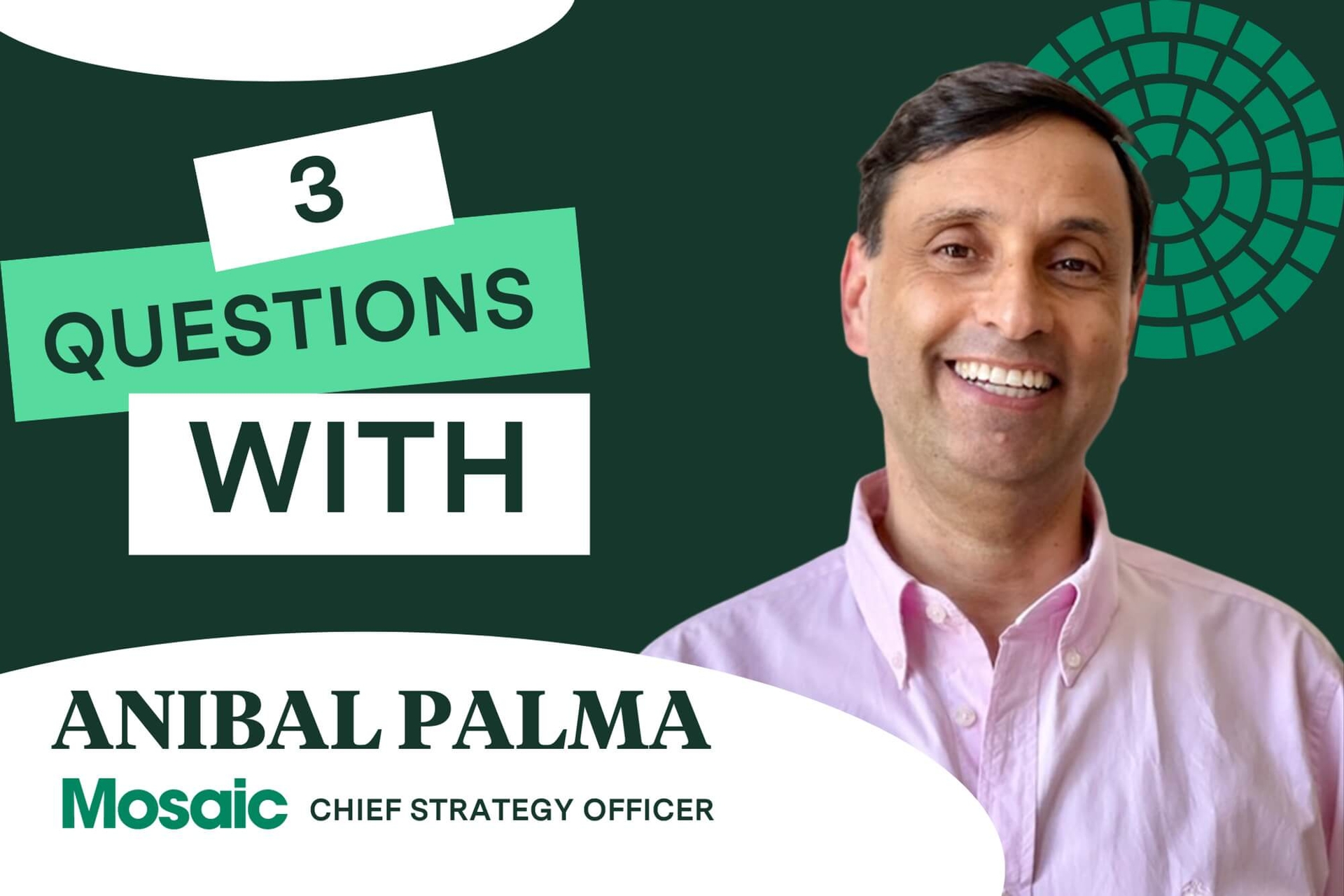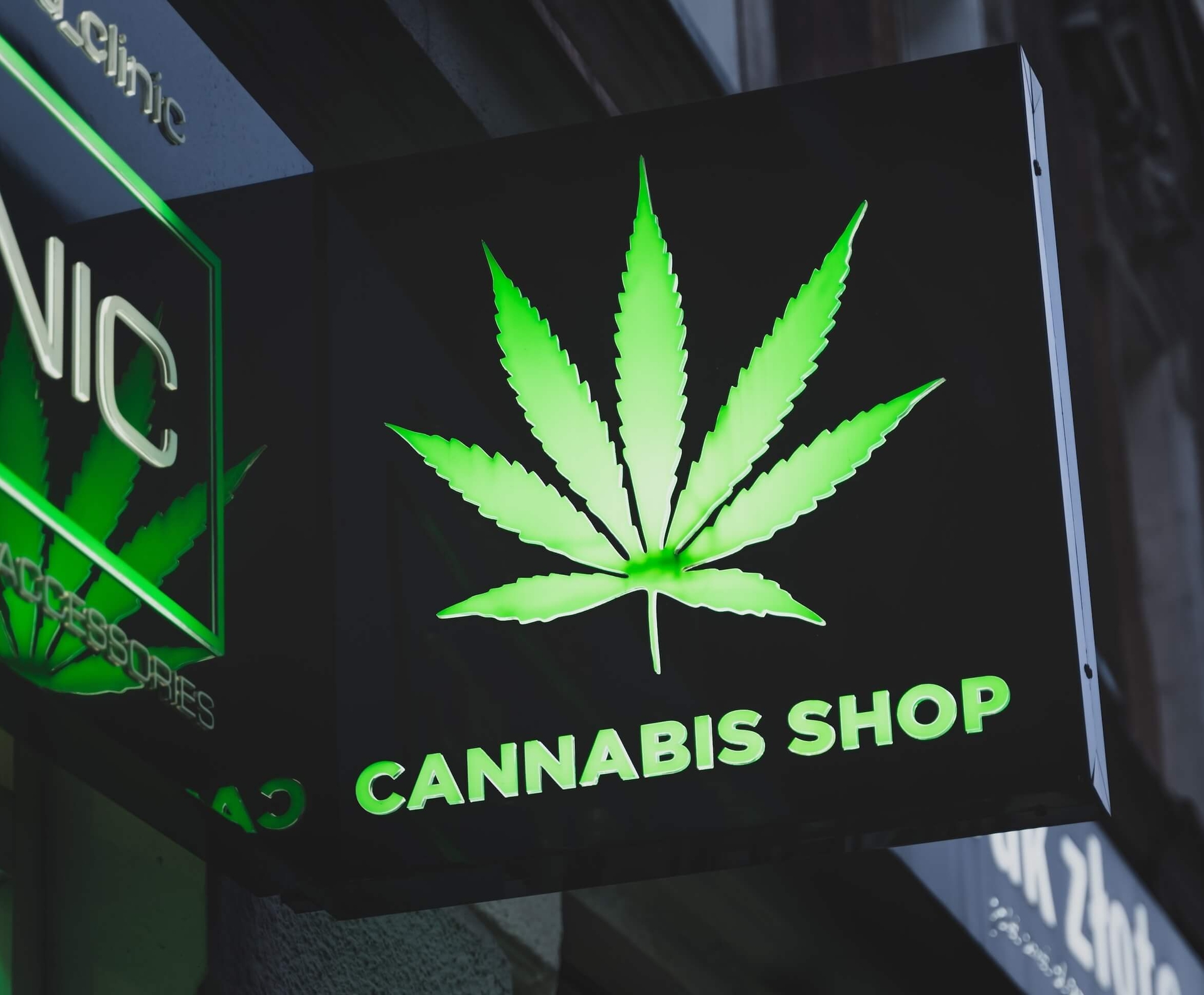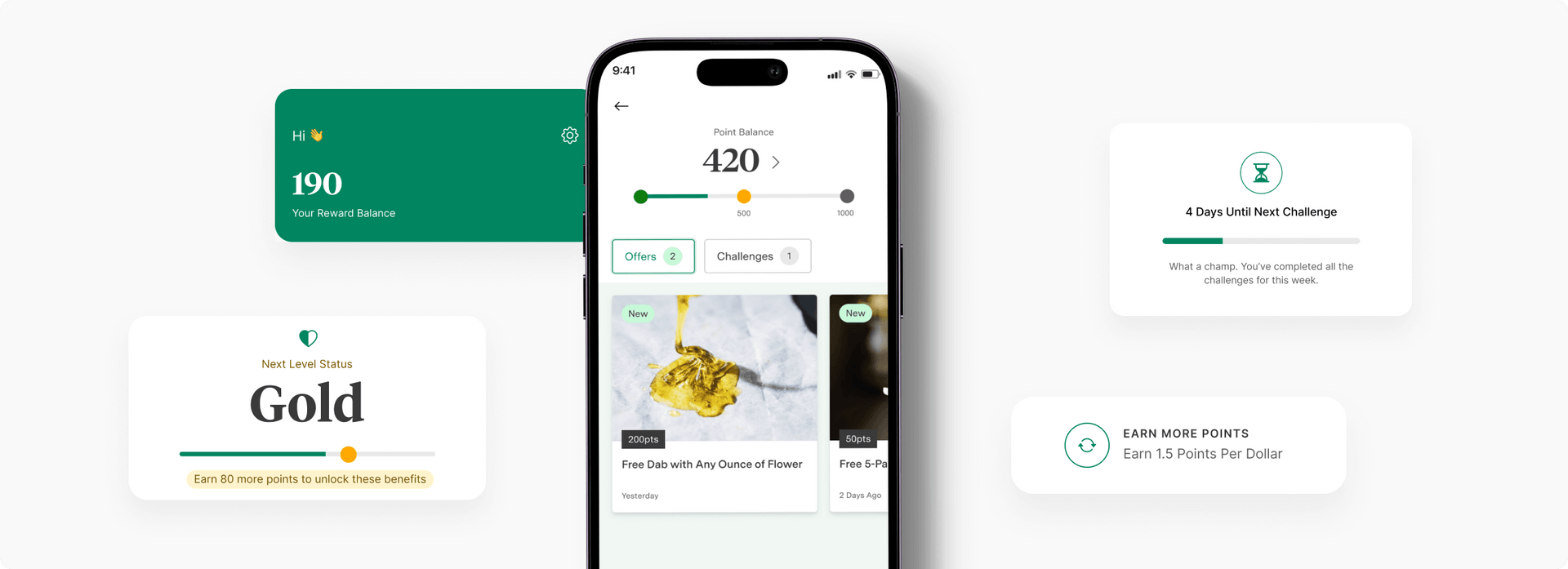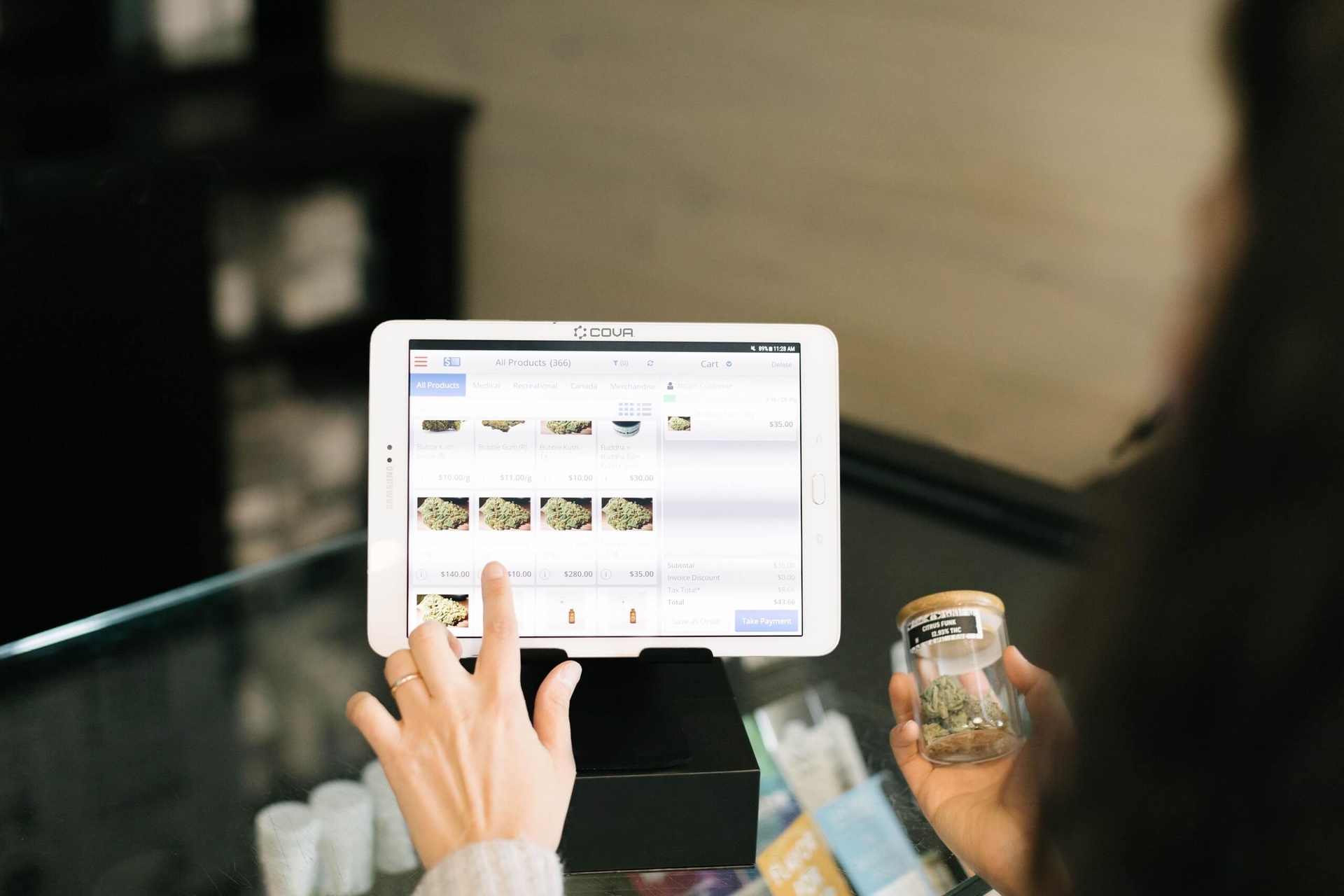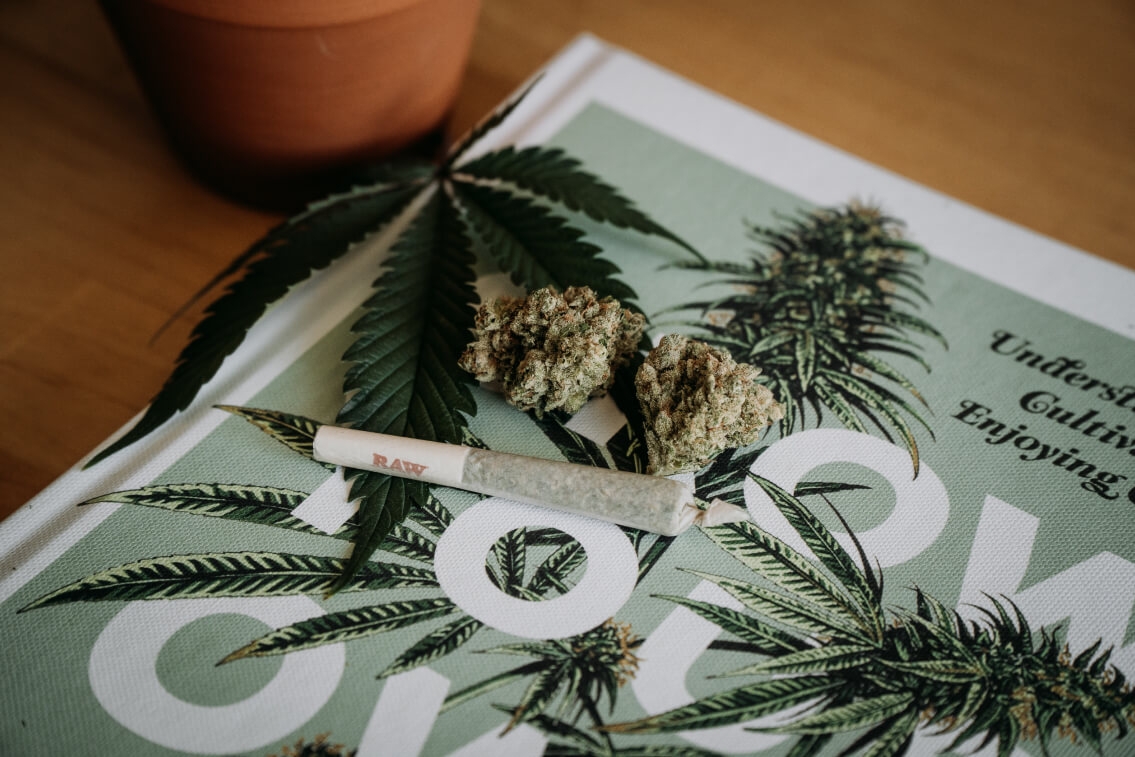How Starbucks’ App Made the Company a Customer Experience Leader
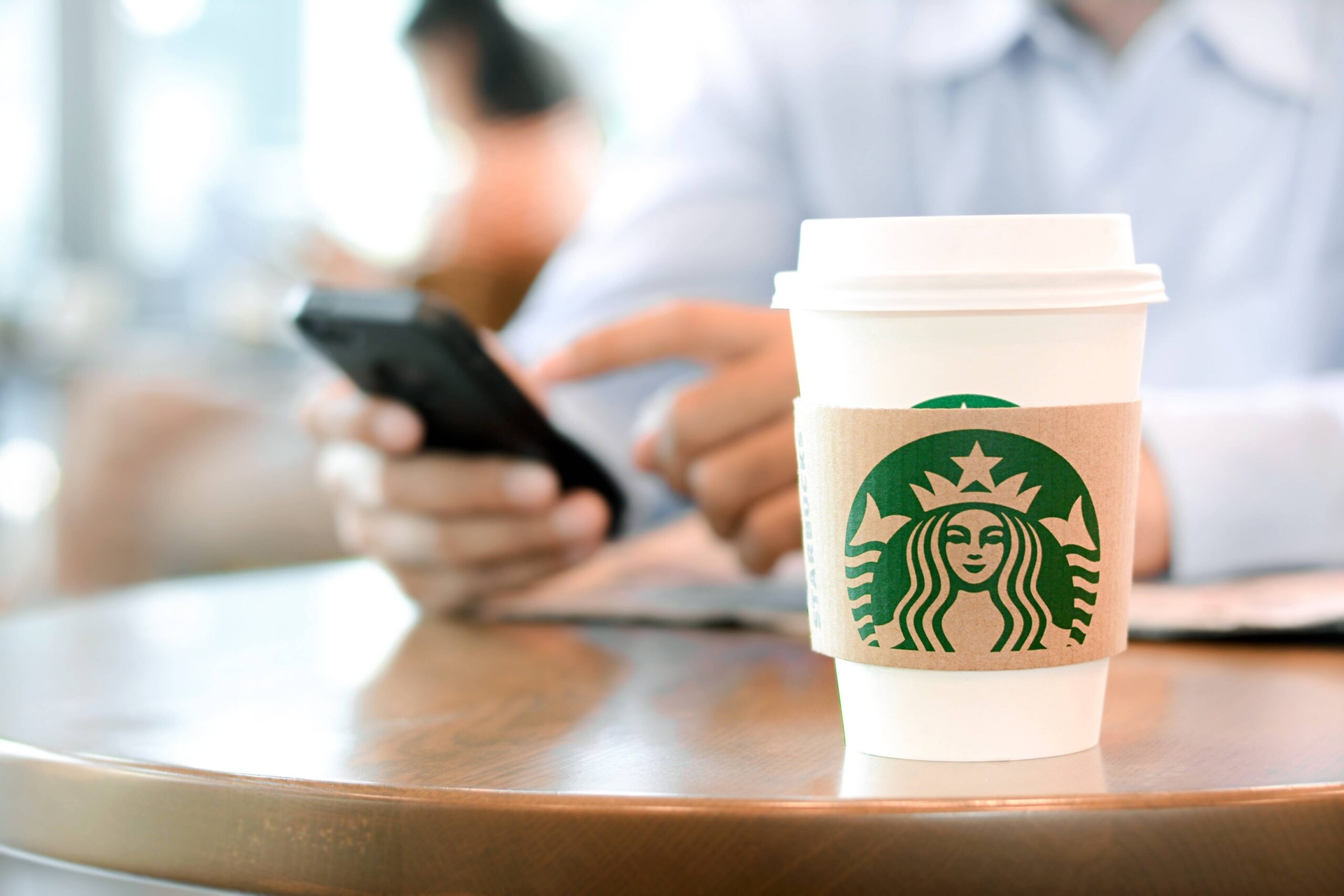
How Starbucks’ App Made the Company a Customer Experience Leader
If you’ve ever used the Starbucks app to order coffee, food, gift cards, or merchandise from one of its 38,000 stores worldwide, you know that it’s a quick and seamless process.
So do about 30 million other users who have utilized the Starbucks mobile app to place their order, explore new or relevant items, earn rewards, make payments, and–very conveniently for those of us who use it–skip the line in-store.
For years, Starbucks has earned most-downloaded food apps accolades, beating out restaurants like Taco Bell and Domino’s as recently as 2022.
By focusing on piquing customer interest and making transactions easy to complete, the company has been able to leverage the Starbucks app to become its “single biggest driver” of increased consumer spending.
Here, we’ll talk about why Starbucks’ app is so popular and powerful, and what cannabis dispensary owners can learn from Starbucks to incorporate into their own operations.
1. The App’s User Interface Is Sleek and Simple
Simple fonts, large buttons, a clear rewards system, thoughtful hierarchy, and quickness in loading all make the Starbucks app ridiculously easy to use.
First, other than your name in the greeting, the rewards points show up as the first thing you see on the screen, which can spark customers’ motivation to use up their points.
Photos of products and offers are large and eye-catching. Previews of each of the menu categories can help the user jump into a category they may not have considered when first opening the app to order.
Calls-to-action are large and clear. At each point on the app, big green and white buttons point customers to the desired action, whether that be “Start Checkout,” “Redeem,” “Add to Order,” etc.
The speed to load is incredibly quick–which lessens the chance that a user will get frustrated and leave the app.
2. Personalization
Personalized recommendations in conjunction with rewards are incredibly important to retain customers. If customers are getting a deal by shopping with you, and you’re offering what they like, or what they’re likely to like, they will continue to shop with you.
Starbucks gets this right by offering personalized recommendations and rewards. For example, if you happen to like Mochas, you may get an offer to acquire bonus points for ordering that item within a designated time frame.
The company is currently employing advanced artificial intelligence and machine learning capabilities to strengthen its customization practices.
3. Payment Integration
Within the Starbucks app, there are multiple ways to pay. According to its website, Starbucks users can pay for their orders via Starbucks Cards (physical or eGift cards), credit/debit cards, and certain types of mobile wallets such as Google Pay® and Apple Pay®. They can also link a PayPal™ account to the app for payment that way.
Offering multiple ways to purchase with Starbucks lessens resistance and barriers to access.
4. Push Notifications and Email Marketing
Right on their phone, customers can receive things like order updates, promotions and offers, rewards updates, new menu items, and personalized commendations via push notifications.
Additionally, those same offers that are being pushed via email marketing are all integrated within the company’s rewards (meaning: the systems are talking to each other), and are automated.
These modes of contact can help “wake up” customers who haven’t ordered in a while, and become part of the daily routes for regular users.
5. Starbucks Integrates With Other Platforms
Customers can deepen their relationship with Starbucks not just through their product purchases, but through integrations with other platforms.
For example, Starbucks offers customers the opportunity within its app to send digital gift cards to others via Venmo–a popular mobile payment service.
Through The Starbucks Daily™ in partnership with the podcast discovery tool Hark, users can listen to podcasts like Jad Abumrad’s “Ten Percent Happier” podcast right within the app.
Starbucks also integrated with Siri, Apple’s voice-assistant, for iPhone users.
New ways to interact with the brand help keep the app top of mind.
What Dispensaries Can Learn From Starbucks
Cannabis is highly regulated and sometimes difficult to navigate–not only for new customers, but existing customers as well.
A lack of payment options, reporting requirements (if in a medical market), ID-checking and age verification, and other factors can slow-down the process to buy.
Also, cannabis companies frequently struggle with text-message and other types of traditional marketing avenues.
Some of these things are out of a retailer’s control. However, providing a seamless ordering, rewards, and payments experience for your customers can make the process more user-friendly and enjoyable–leading to, you guessed it, increased sales.
An app that lives on your customers’ home screen, is branded to your dispensary, and offers things like compliant push notifications, customized rewards, and the opportunity to partner with external brands can all work together to strengthen your connection to your customers and encourage them to choose you each and every time.
Especially if you own or run a small business, this is a sure-fire way to compete with the larger players in your space.
At Mosaic, we’re focused on helping dispensaries get digital right in exactly this way.
To schedule a free, no-pressure demo with Mosaic so you can see the platform for yourself, visit: https://mosaic.green/book-a-demo/.
